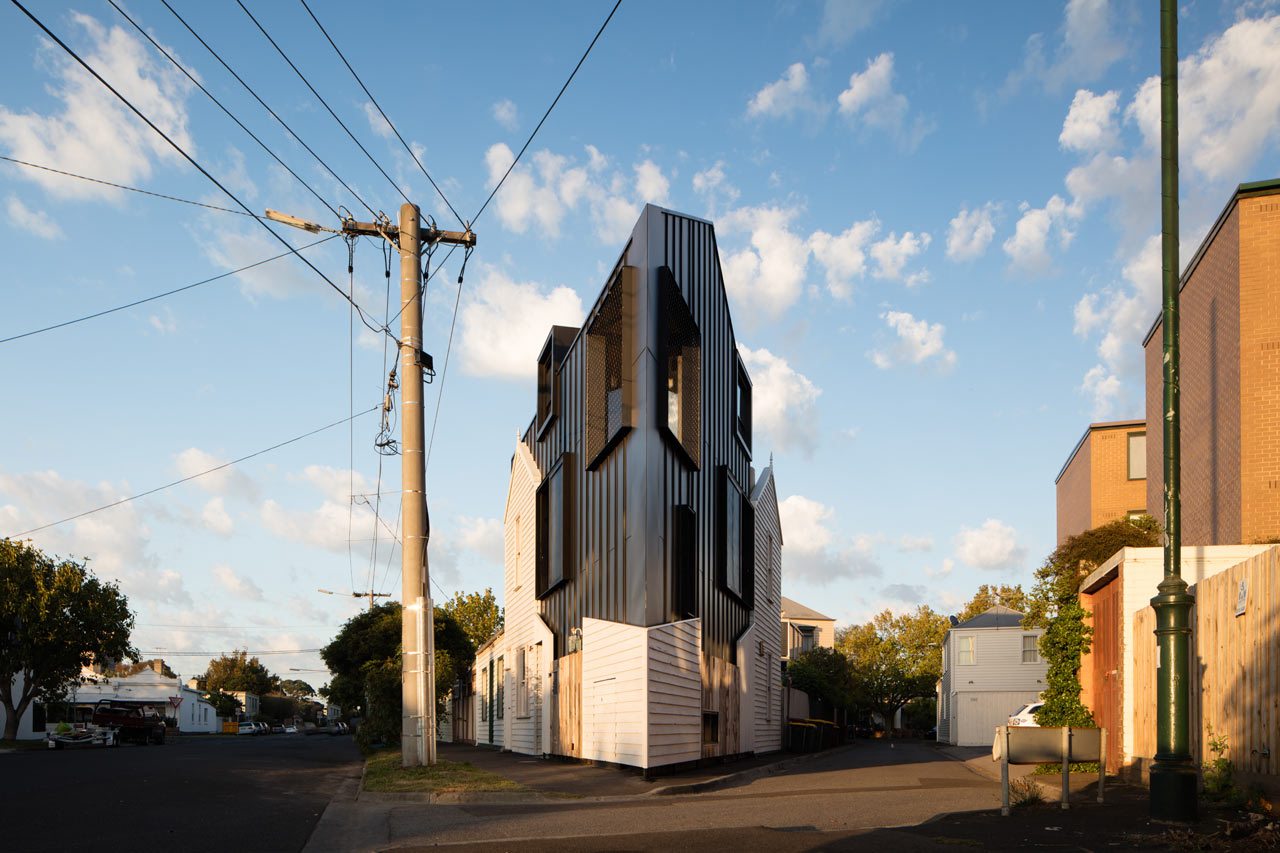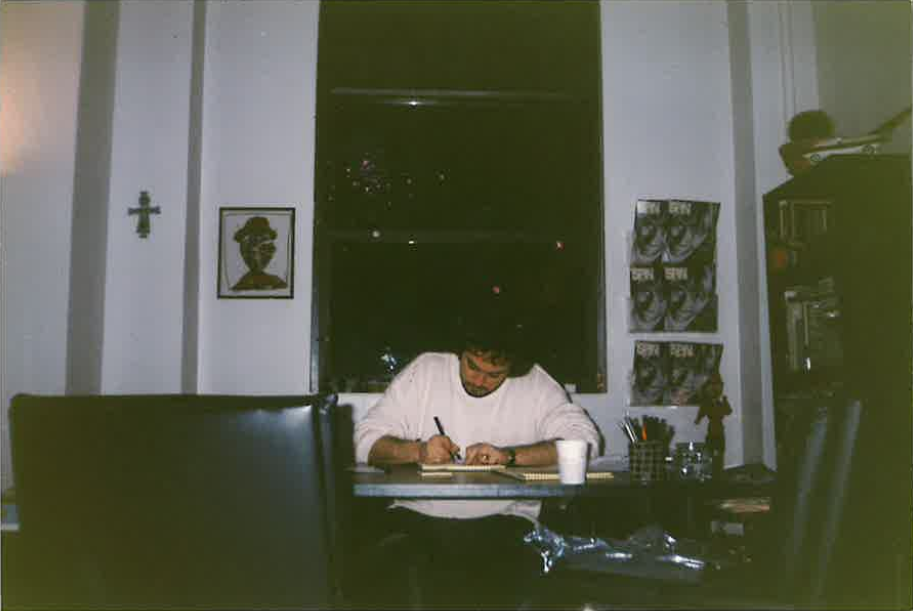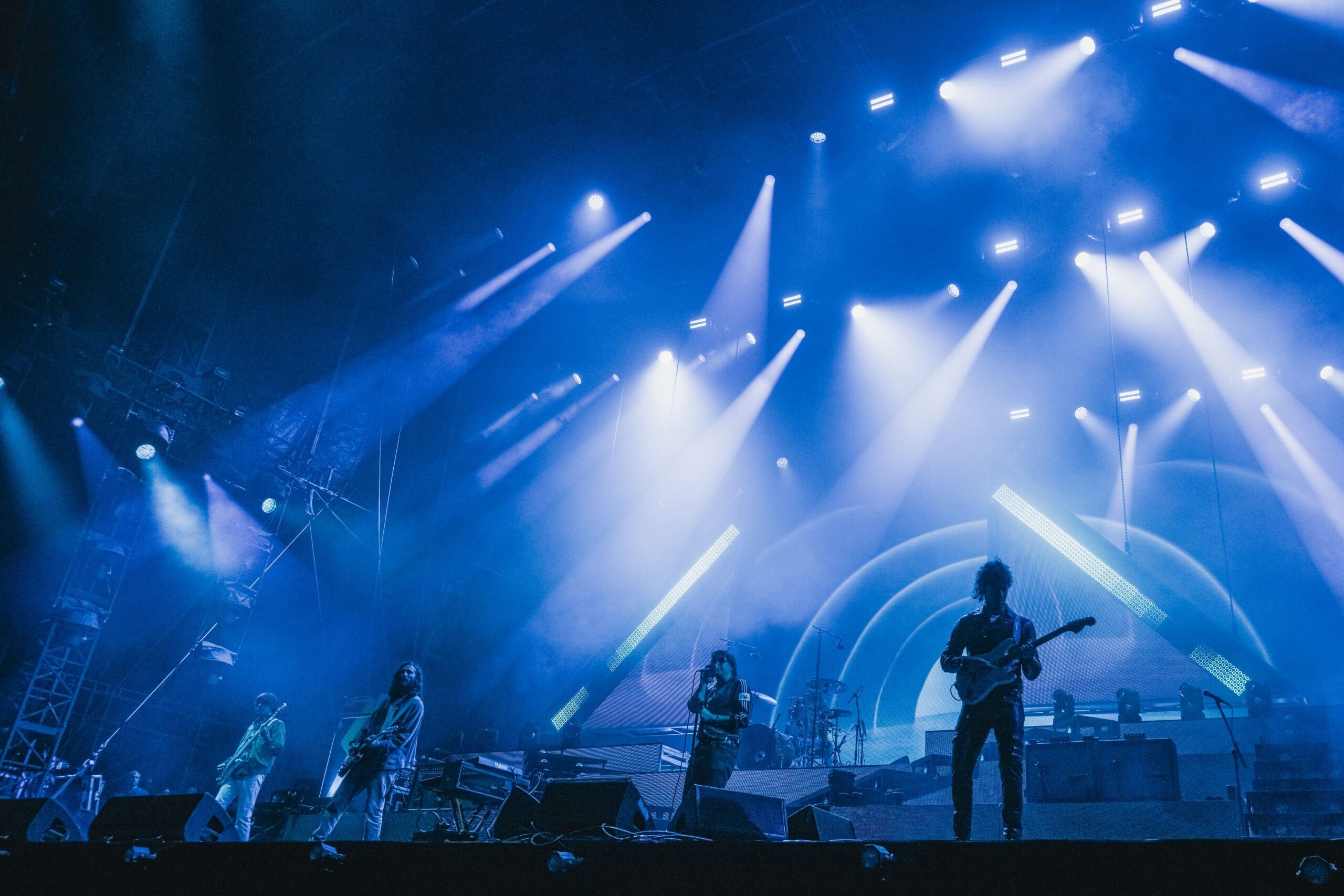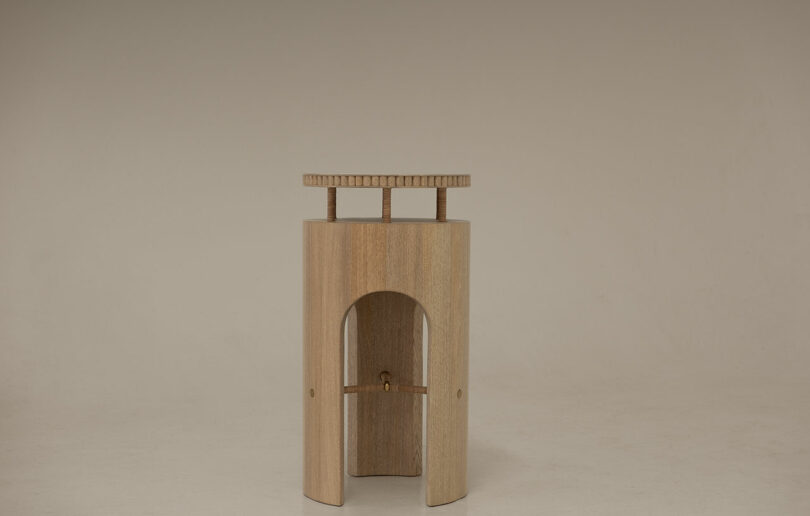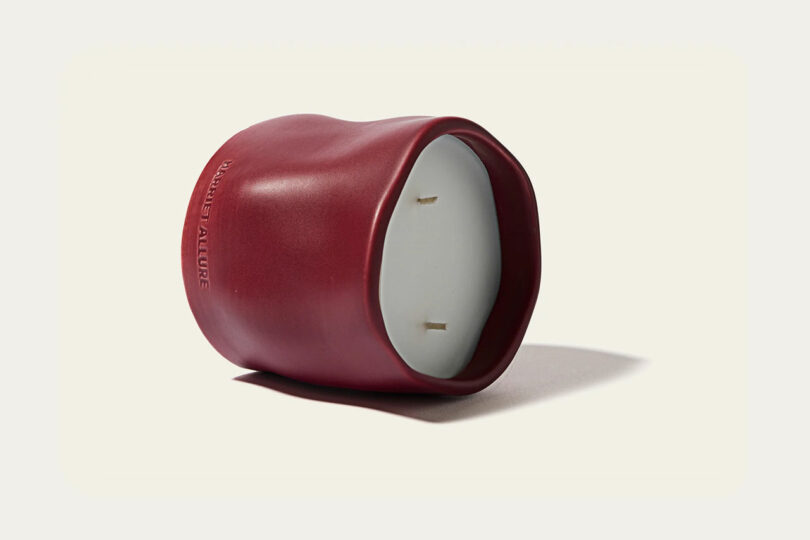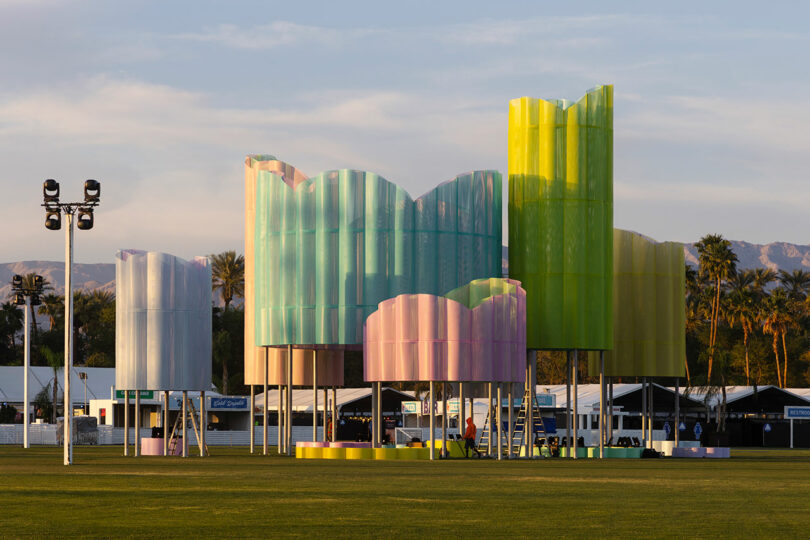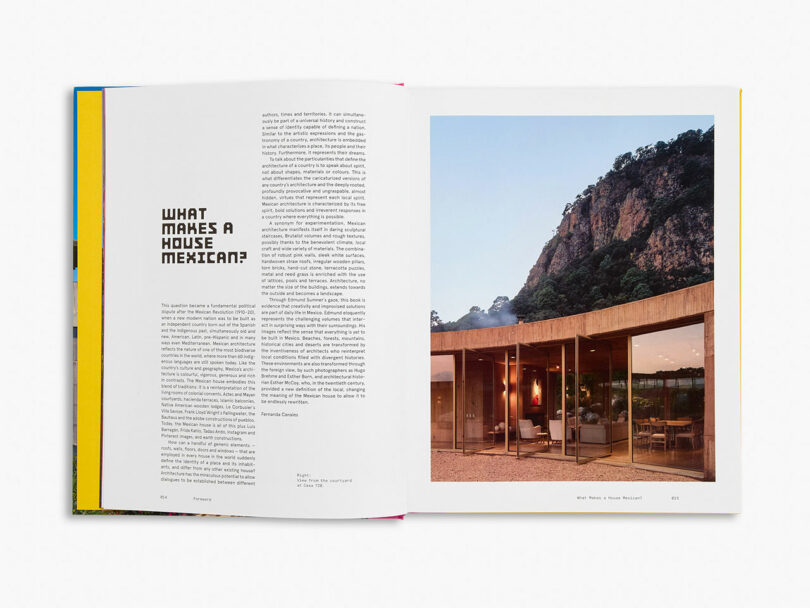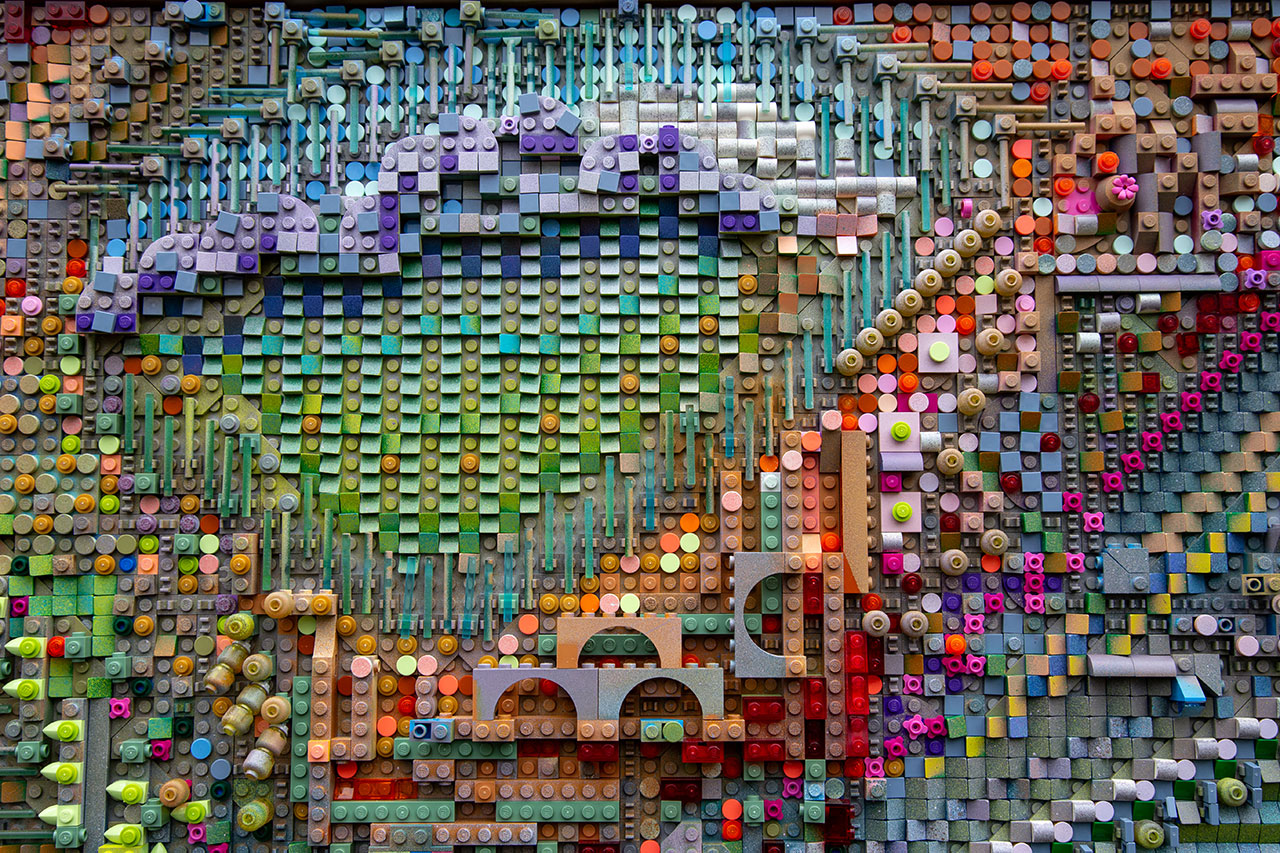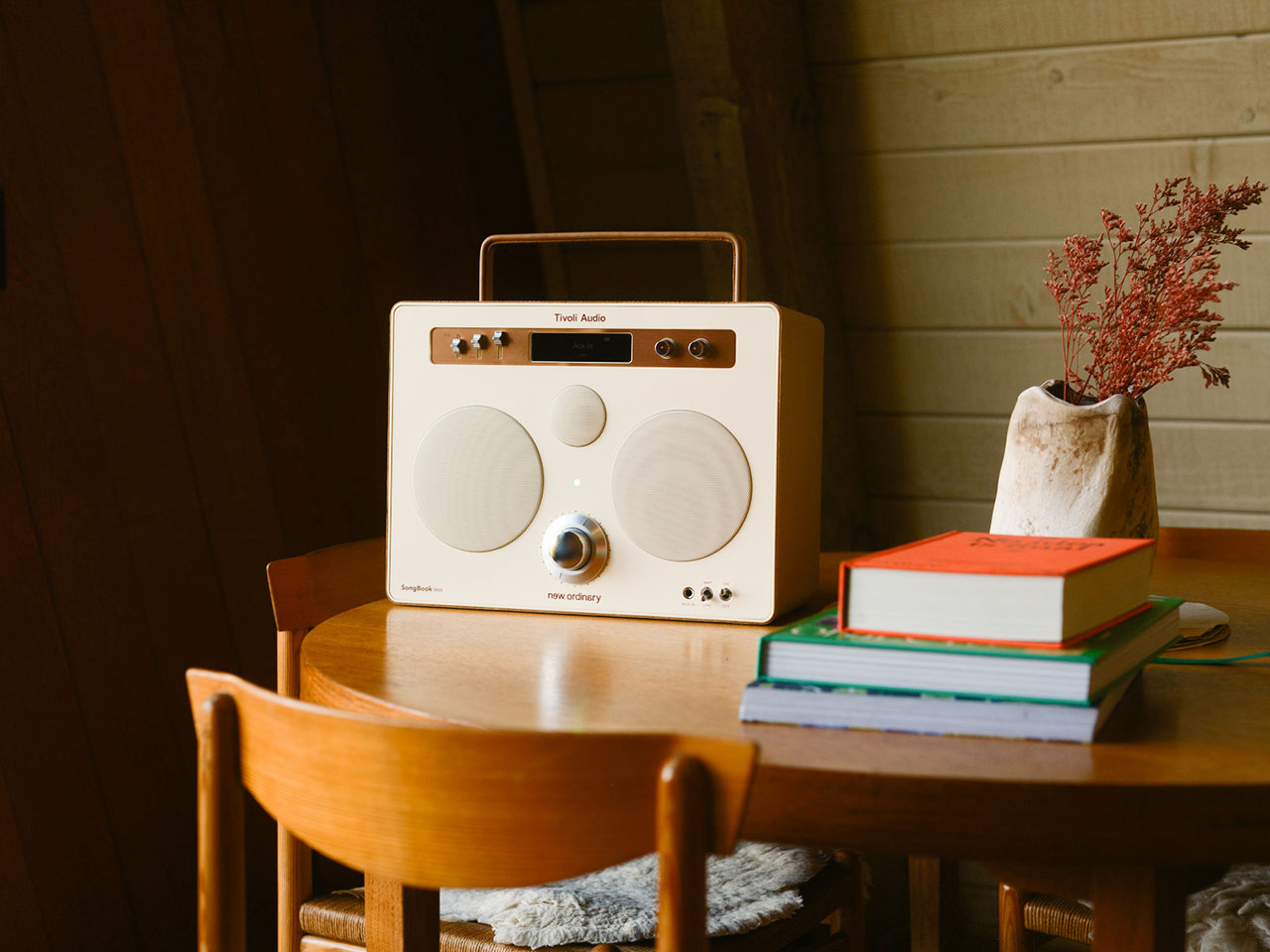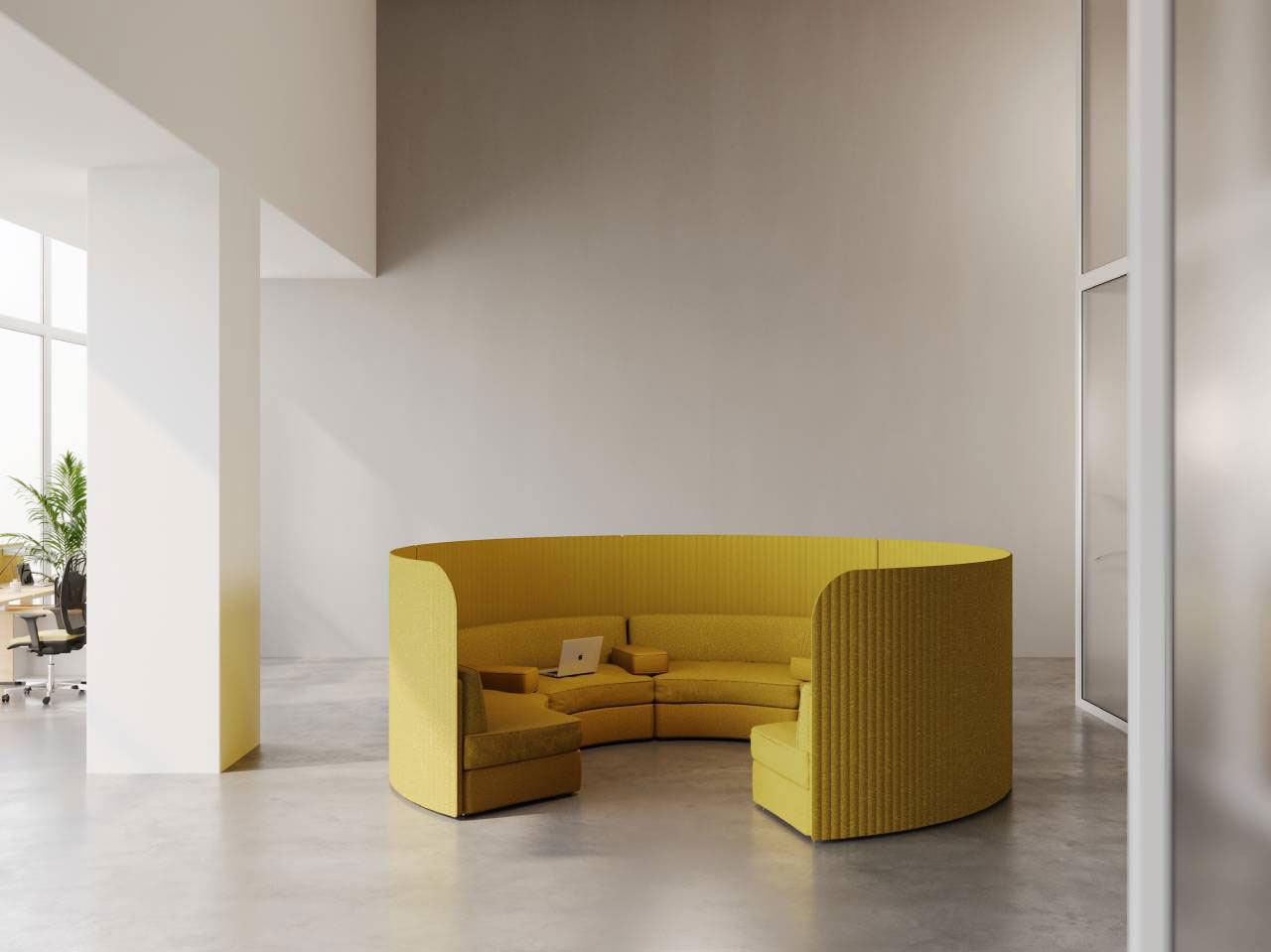Take 5: Modern Hardware, Moiré, a Monumental Table + More
From events to books to home furnishings and hardware, Managing Editor Joseph Sgambati III returns for Take 5 to share inspiring selections.
1. Lock-it From Door Gems by George Ranalli DESIGNS
Design is an awesome responsibility, and according to tradition, architects should be master builders capable of conceptualizing, communicating, and crafting detail regardless of project size, scale, or scope. Architect George Ranalli’s home furnishings and architectural hardware are seemingly plucked from a time when building was a venerable practice far less commodified. Lock-it, a small lever-type handle, is suitable for doors lining interior passageways. The metal casting clearly articulates a relief-like modernist composition that marries aesthetics with ergonomics for an elevated experience when engaged. What’s more, Lock-it can be found in the permanent collections of the Denver Art Museum and the Indianapolis Museum of Art. Ranalli is represented by Todd Merrill Studio, with furniture on view at their Manhattan showroom.
2. Bovolo Drink Table By Dom Lo Studios
The arch is a prolific historical form that has been tasked with bearing the weight of humanity’s progress for centuries. From architecture to infrastructure, it has played a critical role in weaving urban and social fabrics together. The Bovolo Tower in Venice, Italy inspired its namesake drink table in both form and function. Like the arch-lined tower linking some of the city’s most iconic buildings, so too does the table anchor adjacent furnishings – and aesthetic personalities. The petite table can be tucked away, placed between two chairs, or serve as an anchor at the end of a long sofa. With leather cord wrapping, hand-patinated metal fittings, and additional upholstery customizations, it offers minimalist interiors the perfect dose of embellishment.
3. Zenzi by Harriet Allure
Harriet Allure has a way with words and fragrances somehow leveraging one to enhance the other. Each olfactory journey is narrative-driven, deeply personal, and housed in a one-of-a-kind recycled clay jar. Their collection expands to five scents with the release of Zenzi, which encapsulates the vibrant spirit and feminine grace of women who imbue their homes with a balance of strength and tutelage. When lit, amberwood and ambergris emerge from the heart of this burgundy jar wrapping a room in a sensorial embrace emblematic of a loved one’s hug. Top notes of jasmine and saffron flourish until slowly coalescing with fir resin and cedar to round out the candle’s warm disposition.
4. Taffy Presented by Stephanie Lin of Present Forms
Coachella has become increasingly saturated with trivial pomp and circumstance as attendees grow more concerned with their personal social media performance than the musical acts they came for. But one of the most positively purposeful spectacles of this year’s showcase was Taffy presented by Canadian designer, educator, and architect Stephanie Lin of Present Forms. Seven towering cylinders of titanic proportion, ranging from 25 to 50 feet tall, were adorned with a playful, scalloped two-toned mesh inspired by mid-century modern desert hues. The arrangement created a saccharine delight and feast for the eyes as a sun activated canopy became a kaleidoscopic device. Guests were invited to find respite below and connect with the landscape. It also referenced the magical, modern allure of moiré, democratizing, in its own way, a fabric historically used to demarcate royalty, money, military clout, and religious authority.
5. Casa Mexicana with Words by Jonathan Bell and Photography by Edmund Sumner
Some 350-color illustrations are splashed across Casa Mexicana’s 304 pages in a record of 26 iconic Mexican homes that have been carefully documented from countless architectural surveys over 15 years. The compendium’s upcoming release feels like divine timing given souring relations with the States. Embodying an ethos of inclusion, the spaces featured offer lessons regarding architecture’s implication on broader social and environmental issues, problem solving through material prowess, and Mexico’s evolving design narrative. Perhaps those architecting other societies could glean from this account a fresh perspective to foster connection between their citizens, their communities, and the land itself. This is beyond a presentation of type and image. It is an opportunity to learn from the radicalism found in Mexico’s contemporary practice.

































































































































































































































.jpg?#)














































.jpg?width=1920&height=1920&fit=bounds&quality=70&format=jpg&auto=webp#)









